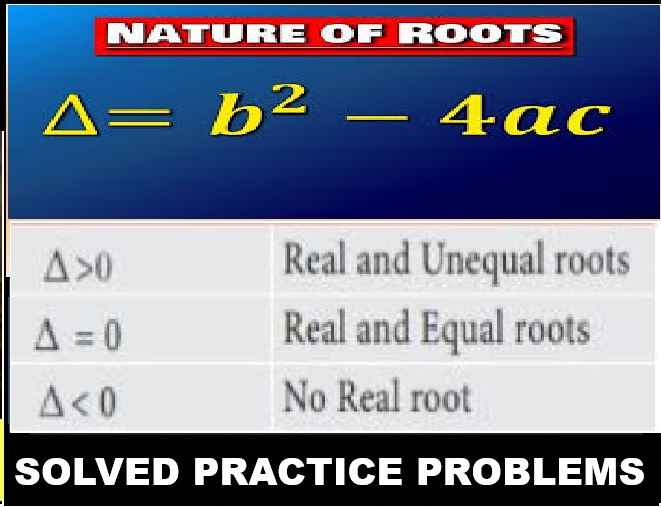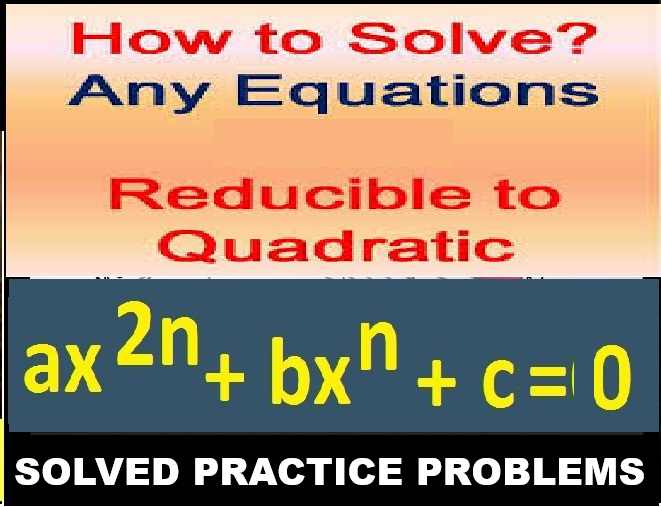Playing with Numbers Class 6 RS Aggarwal Exe-6C Goyal Brothers Prakashan ICSE Foundation Mathematics Solutions. In this article you will learn Highest Common Factors (H.C.F.) . Visit official Website CISCE for detail information about ICSE Board Class-6 Mathematics.

Playing with Numbers Class 6 RS Aggarwal Exe-6C Goyal Brothers ICSE Maths Solutions
| Board | ICSE |
| Publications | Goyal brothers Prakashan |
| Subject | Maths |
| Class | 6th |
| Ch-6 | Playing with Numbers |
| Writer | RS Aggrawal |
| Book Name | Foundation |
| Topics | Solution of Exe-6C |
| Academic Session | 2023 – 2024 |
Highest Common Factors (H.C.F.)
The highest common factor (HCF) or greatest common factor is the largest integer that two or more numbers can be divided.
Exercise- 6C
Playing with Numbers Class 6 RS Aggarwal Goyal Brothers Prakashan ICSE Foundation Mathematics Solutions.
Que-1: Find the H.C.F. of the following numbers using prime factorisation method :
(i) 32, 56 (ii) 42, 63 (iii) 72, 96 (iv) 81, 108 (v) 135, 180 (vi) 168, 216 (vii) 144, 180, 198 (viii) 66, 102, 138
Solution- (i) HCF of 32 and 56 is 8
(ii) HCF of 42 and 63 is 21
(iii) HCF of 72 and 96 is 24
(iv) HCF of 81 and 108 is 27
(v) HCF of 135 and 180 is 45
(vi) HCF of 168 and 216 is 24
(vii) HCF of 144, 180 and 198 is 18
(viii) HCF of 66, 102 and 138 is 6.
Que-2: Find the H.C.F. of the following numbers using long division method :
(i) 144, 312 (ii) 252, 576 (iii) 245, 315 (iv) 575, 920 (v) 605, 935 (vi) 60, 96, 150 (vii) 112, 140, 168 (viii) 147, 210, 294
Solution- (i) Divide 312 by 144:
312 ÷ 144 = 2 (quotient) with 24 (remainder)
Now, divide 144 by 24:
144 ÷ 24 = 6 (quotient) with 0 (remainder)
Since the remainder is zero, 24 is the HCF of 144 and 312.
(ii) 576/252 = 2 with a remainder of 72.
252/72 = 3 with a remainder of 36.
72/36 = 2 with a remainder of 0.
So, the H.C.F. of 252 and 576 is 36.
(iii) Divide 315 by 245:
315 ÷ 245 = 1 with a remainder of 70.
Now, divide 245 by 70:
245 ÷ 70 = 3 with a remainder of 35.
Now, divide 70 by 35:
70 ÷ 35 = 2 with a remainder of 0.
Since the remainder is now zero, the divisor at this step, which is 35, is the H.C.F. of 245 and 315.
(iv) 920 ÷ 575 = 1, remainder 345
575 ÷ 345 = 1, remainder 230
345 ÷ 230 = 1, remainder 115
230 ÷ 115 = 2, remainder 0
Since the remainder is 0, the HCF of 575 and 920 is the last non-zero remainder, which is 115.
(v) 935 ÷ 605 = 1 with a remainder of 330
Now, replace 935 with 605 and 605 with 330:
605 ÷ 330 = 1 with a remainder of 275
Now, replace 605 with 330 and 330 with 275:
330 ÷ 275 = 1 with a remainder of 55
Now, replace 330 with 275 and 275 with 55:
275 ÷ 55 = 5 with no remainder
So, the H.C.F. of 605 and 935 using the long division method is 55.
(vi) 60 = 2 * 2 * 3 * 5
96 = 2 * 2 * 2 * 2 * 2 * 3
150 = 2 * 3 * 5 * 5
The common factors are 2 and 3.
HCF = 2 * 3 = 6
So, the HCF of 60, 96, and 150 is 6.
(vii) 168/112 = 1 with a remainder of 56.
140/56 = 2 with a remainder of 28.
112/28 = 4 with no remainder.
Since we have reached a remainder of zero, the divisor at this step, which is 28, is the H.C.F. of 112, 140, and 168.
So, the H.C.F. of 112, 140, and 168 is 28.
(viii) For 147:
147 = 3 × 49 = 3 × 7 × 7
For 210:
210 = 2 × 105 = 2 × 3 × 35 = 2 × 3 × 5 × 7
For 294:
294 = 2 × 147 = 2 × 3 × 49 = 2 × 3 × 7 × 7
The common prime factors are 3 and 7.
Finally, multiply these common prime factors to find the H.C.F
.: H.C.F. = 3 × 7 = 21
So, the H.C.F. of 147, 210, and 294 using the long division method is 21.
Que-3: Find the greatest number that exactly divides 385 and 735.
Solution- Find the prime factorization of 385
385 = 5 × 7 × 11
Find the prime factorization of 735
735 = 3 × 5 × 7 × 7
Therefore, GCF = 5 × 7 = 35. Ans.
Que-4: Find the greatest number that exactly divides 306, 450 and 540.
Solution- Using the prime factorization method,
306 = 2 × 3 × 3 ×17
450 = 2 × 3 × 3 × 5 × 5
540 = 2 × 2 × 3 × 3 × 3 × 5
Common factors are = 2 × 3 × 3 = 18
The greatest number that exactly divides306, 450 and 540 is 18.
Que-5: Find the greatest number that will divide 37 and 53 leaving 5 as remainder in each case.
Solution- We will first subtract the remainder 5 from each given number i.e.,
37 – 5 = 32
53 – 5 = 48
Now, we will find the H.C.F. of 32 and 48 by prime factorization method
32 = 2 × 2 × 2 × 2 × 2
48 = 2 × 2 × 2 × 2 × 3
∴ H.C.F of 32 and 48 = 2 × 2 × 2 × 2 = 16 Ans.
Que-6: Find the greatest number that will divide 138,183 and 423 leaving remainder 3 in each case.
Solution- Let’s subtract 3 from each number:
138 − 3 = 135
183 − 3 = 180
423 − 3 = 420
Now, we find the H.C.F. of 135, 180, and 420.
Prime factorization:
135 = 3 × 3 × 3 × 5
180 = 2 × 2 × 3 × 3 × 5
420 = 2 × 2 × 3 × 5 × 7
The common prime factors are 3 and 5.
So, the H.C.F. will be 3 × 5 = 15.
Therefore, the greatest number that will divide 138, 183, and 423, leaving a remainder of 3 in each case, is 15.
Que-7: Find the greatest number that will divide 76,114 and 152 leaving the remainders 2,3 and 4 respectively.
Solution- Let’s subtract the given remainders from the respective numbers:
76 − 2 = 74
114 − 3 = 111
152 − 4 = 148
Now, we find the H.C.F. of 74, 111, and 148.
Prime factorization:
74 = 2 × 37
111 = 3 × 37
148 = 2 × 2 × 37
The only common prime factor among all three numbers is 37.
So, the H.C.F. will be 37.
Therefore, the greatest number that will divide 76, 114, and 152 leaving remainders of 2, 3, and 4 respectively, is 37.
Que-8: Two vessels contain 104 litres and 91 litres of milk respectively. Find the measure of a bucket of maximum capacity which can measure the milk of either vessel an extract number of times.
Solution- H.C.F of 104 and 91 can be find out by prime factorization method:
First find prime factorization of 104:
104 = 2 × 2 × 2 × 13
Now find prime factorization of 91:
91 = 7 × 13
H.C.F = 13
Means capacity of vessel is 13 Litres.
Que-9: Use H.C.F. to show that 357 and 1625 are co-primes.
Solution- HCF (357,1625) = 1
357 = 3*7*17
1625 = 5*5*5*13
GIVEN NUMBERS ARE SAID TO BE CO-PRIME IF THE ONLY POSITIVE INTEGER DIVIDING THEM IS 1
AS WE CAN SEE THE ONLY COMMON DIVISOR OF 357 AND 1625 IS 1, THUS THEY ARE CO – PRIMES.
— : end of Playing with Numbers Class 6 RS Aggarwal Exe-6C Goyal Brothers ICSE Maths Solutions :–
Return to :- ICSE Class -6 RS Aggarwal Goyal Brothers Math Solutions
Thanks
Please share with yours friends if helpful


